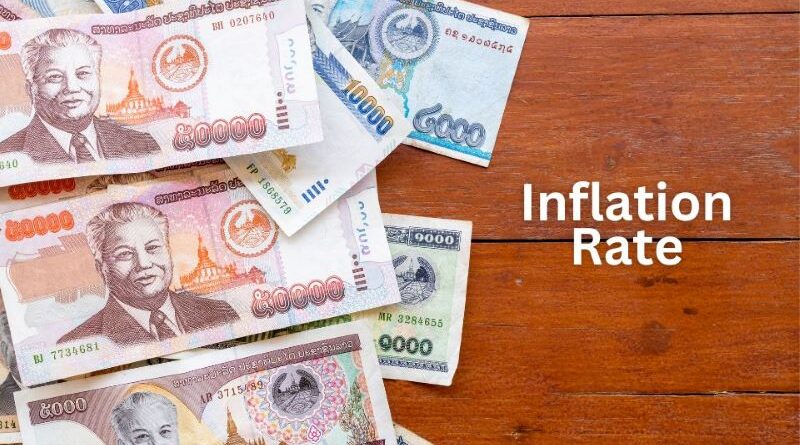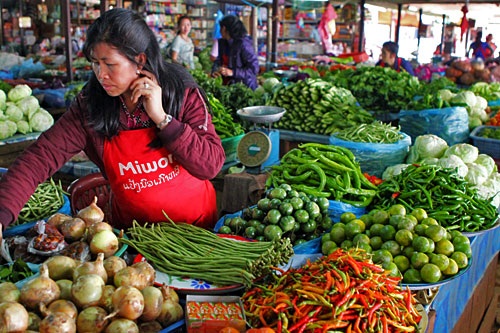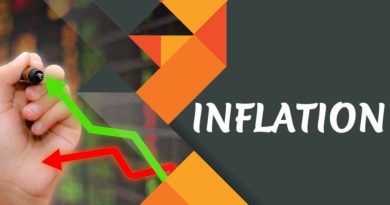First Quarter Inflation Rate Hits 40.85%
Source: Vientiane Times
The rate of inflation recorded in Laos in the first quarter of 2023 averaged 40.85 percent, one of the highest rates in the region, according to the Lao Statistics Bureau.
Though the year-on-year inflation rate declined slightly from 41.3 percent in February to 41 percent in March, overall inflation remained very high. The high cost of goods and services in Laos is driven by external and internal factors.

The conflict in Ukraine has interrupted supply chains, while the hike in interest rates made by the United States’ Federal Reserve led to the dollar becoming stronger against Asian currencies, including the kip.
The depreciation of the kip against the US dollar and Thai baht is among key factors driving inflation in Laos. The weak kip makes it challenging for the government to curb the rising cost of goods and services, especially as a third of goods used to calculate price rises is imported.
The Head of the Bank of the Lao PDR’s Monetary Policy Department, Mr. Soulisack Thammavong, said the central bank will continue to tighten monetary policy and regulate the exchange rate as a way to combat inflation.
In February, the central bank raised its reserve requirement level and the base interest rate as part of efforts to tighten monetary policy.
Under the new policy, the kip reserve requirement has increased to 5.5 percent, while the reserve requirement for foreign currencies rose to 8 percent. With regard to the policy rate change, the central bank increased the base interest rate for loans issued in kip and having a term of less than seven days to 7.5 percent a year.
The government pledged to manage the prices of products in local markets to minimise the impact on the poor. In Laos, almost all machinery, animal feed, fertilisers, fish fingerlings and numerous agricultural inputs are imported.
For instance, the cost of fertilisers and diesel needed for wet season rice production accounts for 15.31 percent and 7.98 percent respectively of the total production cost. The price of fish feed and fingerlings accounts for 84.8 percent of the total production cost of farmed fish.
In addition, the price of animal feed and piglets accounts for 82.6 percent of the total production cost of pork. When the price of consumer goods rises for the key trading partners of Laos, particularly Thailand, it directly affects the cost of goods and services in the country.
The high inflation rate in March was mainly driven by food prices. For instance, the price of Grade A rice rose from 14,384 kip per kg in February to 14,637 kip per kg in March. The price of pork rose from 74,458 kip/kg in February to 76,349 kip/kg, and the cost of Grade A beef went up from 96,579 kip/kg to 105,725 kip/kg.




